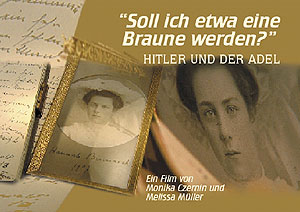Karl May wrote his books before ever having been to the exotic locations where they were set. How did he manage to tell such unbelievably detailed and authentic stories by the power of his imagination alone? Where did he get his knowledge and creativity?
This film paints the portrait of a man who, with seemingly superhuman powers, overcame the harsh blows fate sent him. A man who found a second identity and home in the magnificent settings of his novels.
Elaborately shot dramatic scenes show not only parts of the author’s multifaceted life but also the fictional adventures of his hero Kara Ben Nemsi as he hunts criminals in the East with his friend Hadschi Halef Omar. Rainer Strecker, a Berlin actor (Einsatz in Hamburg), plays both Karl May as well as his alter ego Kara Ben Nemsi. Hadschi Halef Omar is played by Adnan Maral (Türkisch für Anfänger). The fictional worlds from Winnetou and Old Shatterhand will be shown in clips from movies based on those novels.
On the documentary level, scientists have reconstructed the methods by which the author created his “travelogue.” Dr. Johannes Zeilinger, Chairman of the Karl May Society, takes the audience to the real locations of the novels in the Tunisian desert. Back in Bamberg, Germany, he discovers a literary treasure, the last surviving manuscripts of the most widely read German author.
A personality profile, written by Professor Hinderk Emrich deciphers the extraordinary talent of the great dreamer. The story of his own life is Karl May’s last riddle.








